The Difference Between Shrines and Temples in Japan
If you have ever visited Japan, one of the first things that might have struck you was the sheer number of shrines and temples to be found.
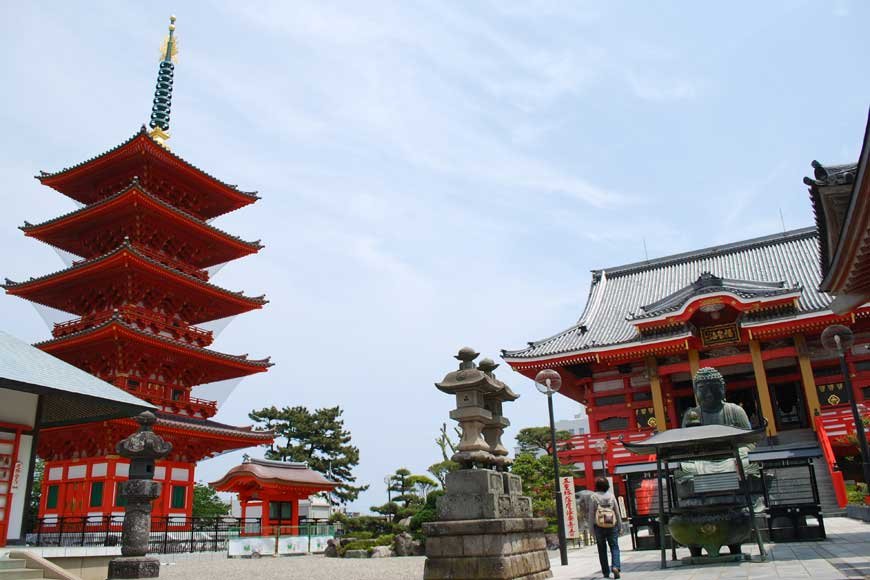
Shrines and Temples in Japan.
If you have ever visited Japan, one of the first things that might have struck you was the sheer number of shrines and temples to be found. There are shrines and temples everywhere, in fact, there is such an abundance of shrines and temples in Japan that sometimes it may seem like they are on every street corner. Interesting Japan, isn't it? But how do you know if the structure is a shrine or a temple? Here are some points, so you will be able to tell right away and will not be confused as to which is which.
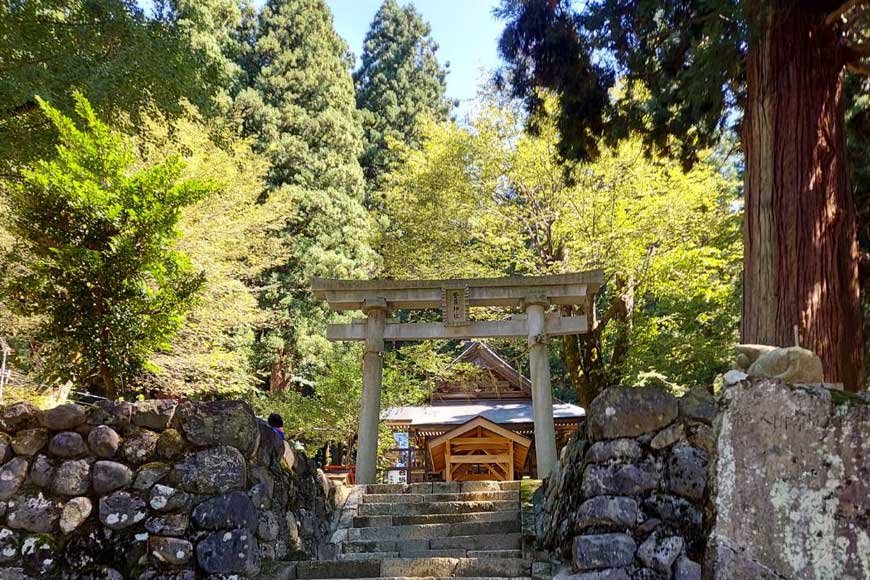 A myōjin torii made of concrete
A myōjin torii made of concrete
Both shrines and temples are sacred places of worship, but the main difference between them is based on the religion they are dedicated to. Shrines belong to Shintoism, which is a religion indigenous to Japan. Temples are dedicated to Buddhism, a religion introduced in Japan from China in the 6th century CE.
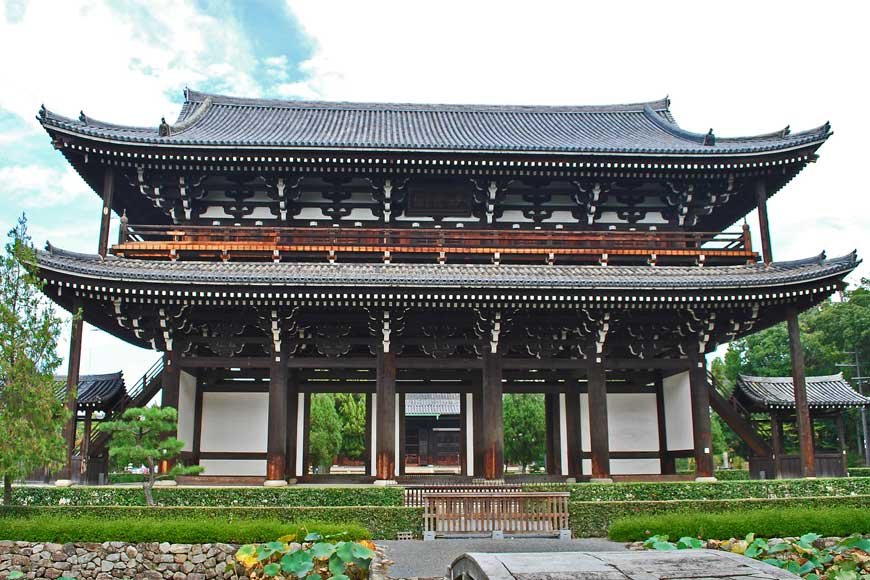 Sanmon Gate of Tōfuku-ji - Kyoto
Sanmon Gate of Tōfuku-ji - Kyoto
Shintoism is a polytheistic religion that worship nature, so shrines are more likely surrounded by trees, since they were built near natural objects like trees, rocks, waterfalls or mountains that are considered sacred by the Japanese people. Shrines have “Torii” (鳥居) gates with a pair of guardian dogs nearby called “Komainu” (狛犬). They are dedicated to gods or spirits referred to as “Kami” (神). They are used as places where people come together for “Matsuri” (祭り) – meaning festival in Japanese – and celebrate specific events throughout the year such as New Year’s Day or harvest season or even weddings.
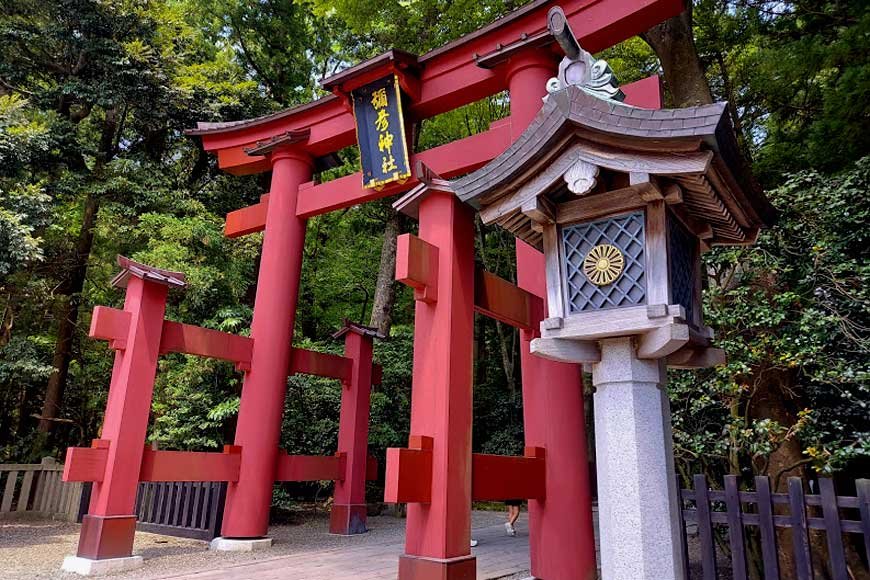 A Torii in Yahiko jinja - Niigata
A Torii in Yahiko jinja - Niigata
On the other hand, temples are dedicated to Buddhist teachings and practice. They have gates called “Sanmon” (山門) and protected by gods called “Niohzou” (仁王像). Japanese use these temples for meditation and provide a space where they can come to pray individually or in groups. Japanese Zen is a perfect example of meditation performed in temples.
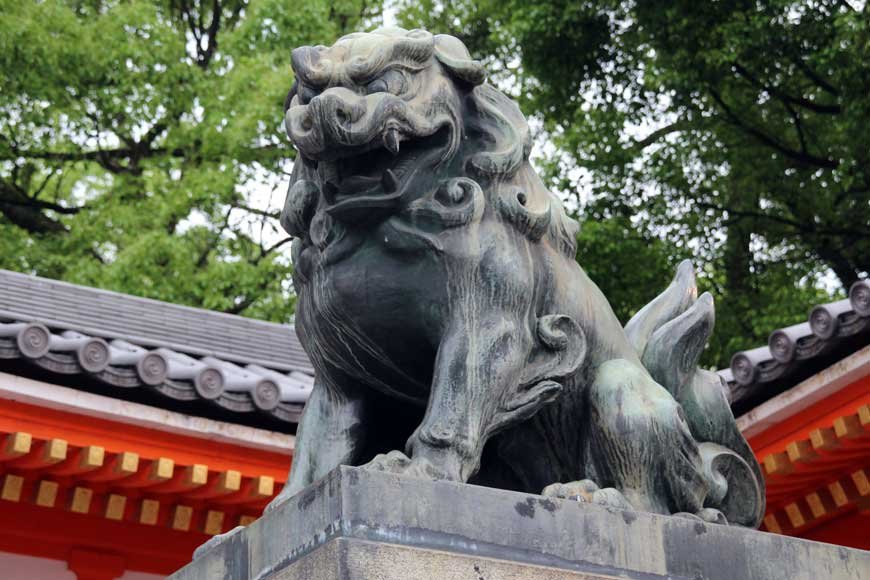 Komainu in Kyō-ō-gokoku-ji - Kyoto
Komainu in Kyō-ō-gokoku-ji - Kyoto
Shintoism and Buddhism in Japan were mixed together over the course of time, that is the reason why there are some shrines and temples that have both “Torii” (鳥居) and “Sanmon” (山門) in their immediate vicinity. So the best way to know whether it's a shrine or a temple is to explore more and meet the people inside. If you meet a "Kannushi" (神主) or a "Shinshoku" (神職) - the Shinto priest who is responsible for the prayers and different affairs, then surely, you are in a shrine.
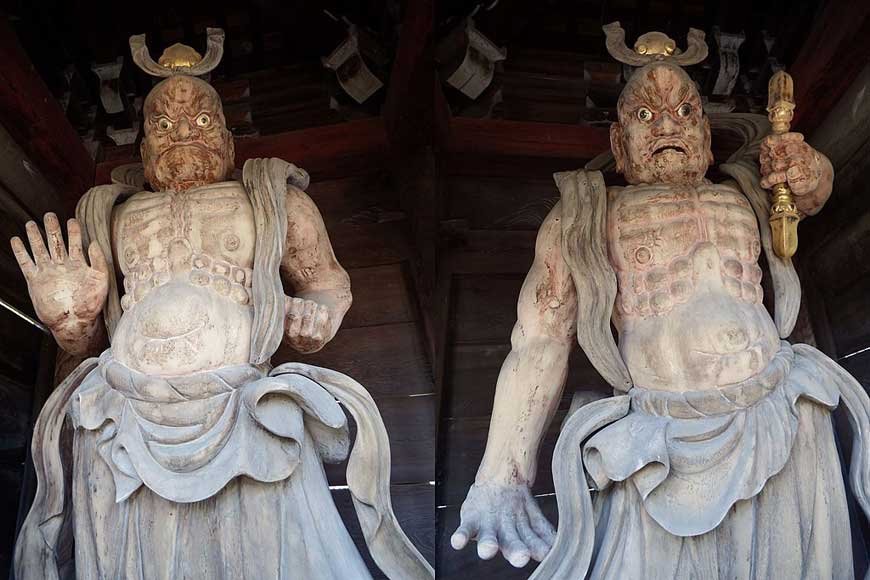 Niohzou gods
Niohzou gods
If you find monks called "Souryo" (僧侶) or nuns called "Ama" (尼) whose duties include chanting sutras and preaching, then you would know you are in a temple. Furthermore, there are high priests in both places. In a shrine they are called "Guuji" (宮司) and in a temple, they are called "Juushoku" (住職).
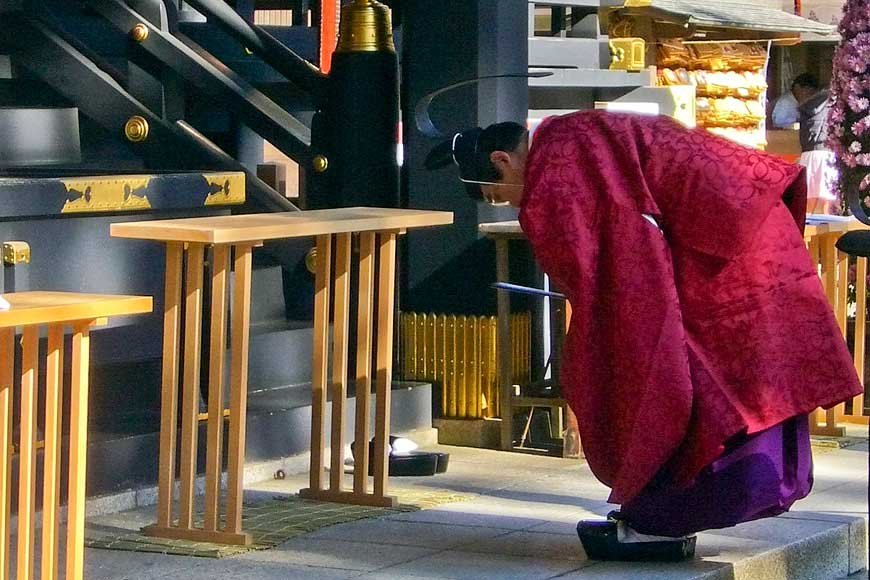 A Shinto priest called Kannushi in full dress.
A Shinto priest called Kannushi in full dress.
Knowing where you are is significant in carrying out the right way to pray. In a shrine, you should do "Nihai, nihakushu, ippai" (二拝二拍手一拝) - meaning bow twice, clap twice, bow once. While in a temple, just press your hands in front of your chest and slightly bow. Needless to say, that there is no clapping in a temple. Also, temples tend to be quieter than shrines, so if you're looking for complete silence and want to meditate, then temples are your best bet. Because in some shrines, there are even playgrounds where children play and "sarari man" (サラリーマン) – meaning office workers, who spend their breaktime there.
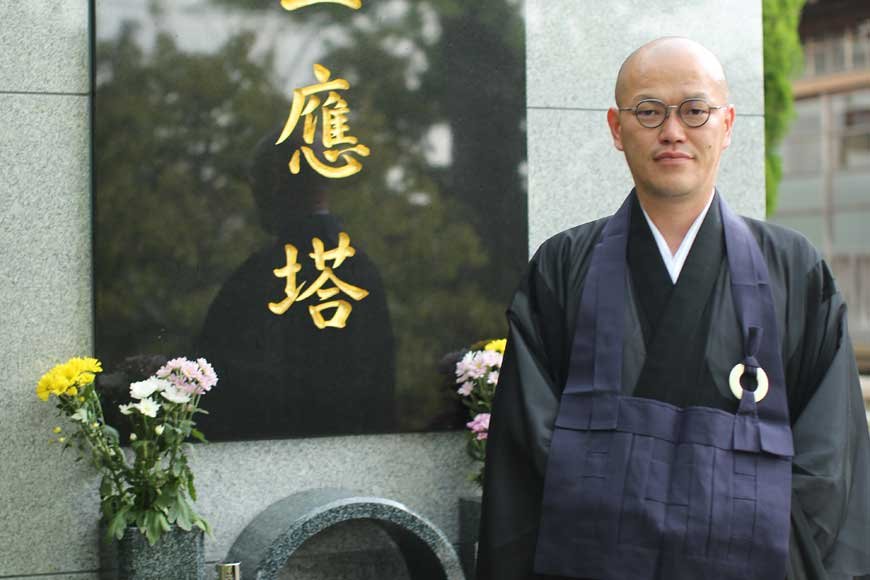 A Juushoku - the chief priest in Seikoku-ji Temple
A Juushoku - the chief priest in Seikoku-ji Temple
Visiting or living in Japan, it's good to know the difference between shrines and temples, not to mention their importance in Japanese culture, as well as the rituals and ceremonies that people all over Japan observe and celebrate. From their architecture to their purpose and location, each has its own unique characteristics that can only be found in Japan.
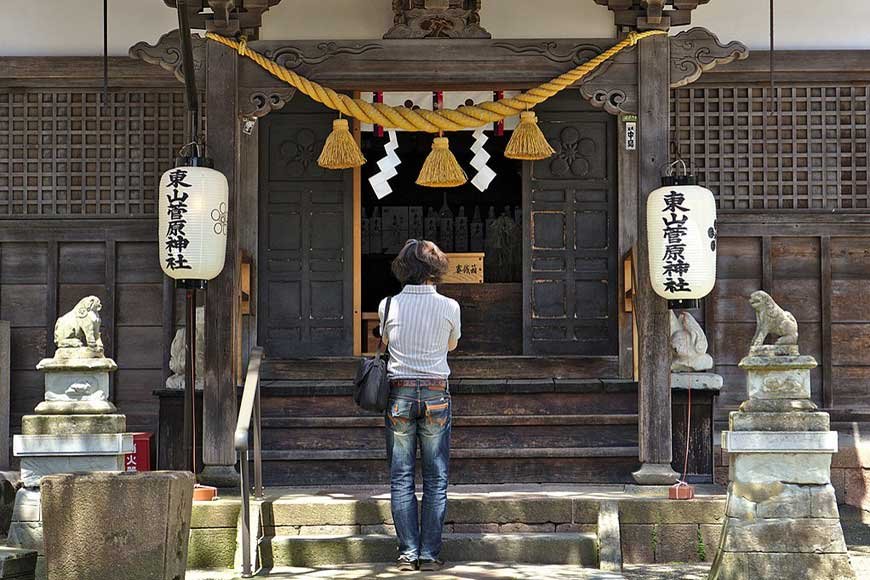 A man praying at a shrine.
A man praying at a shrine.
Find Cheap Flight Tickets to any Destinations in Japan and the Philippines
Nipino.com is committed to providing you with accurate and genuine content. Let us know your opinion by clicking HERE.






























































